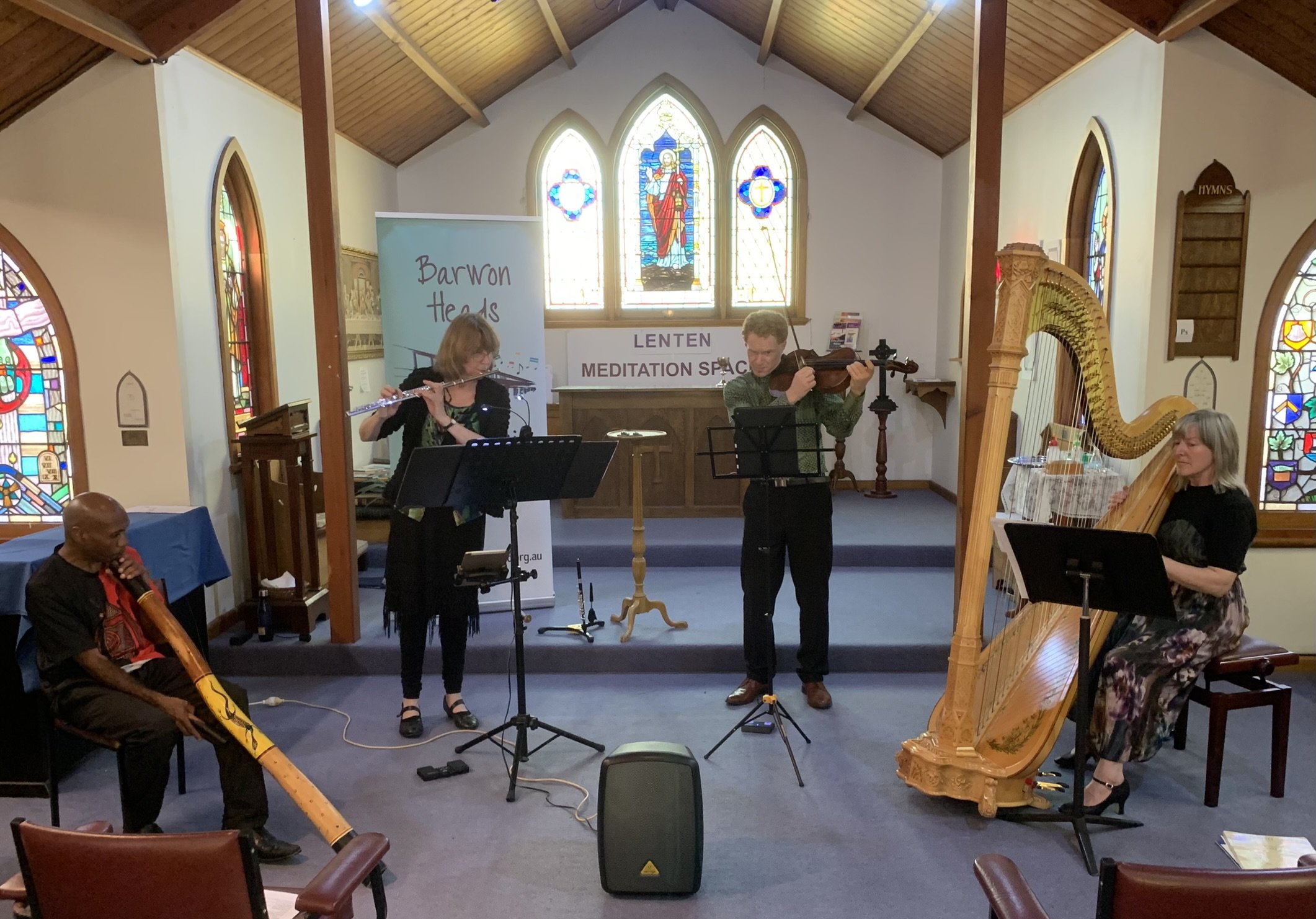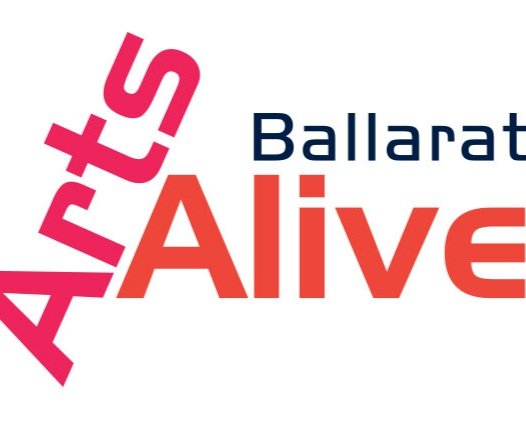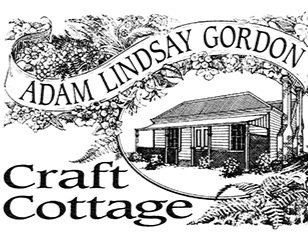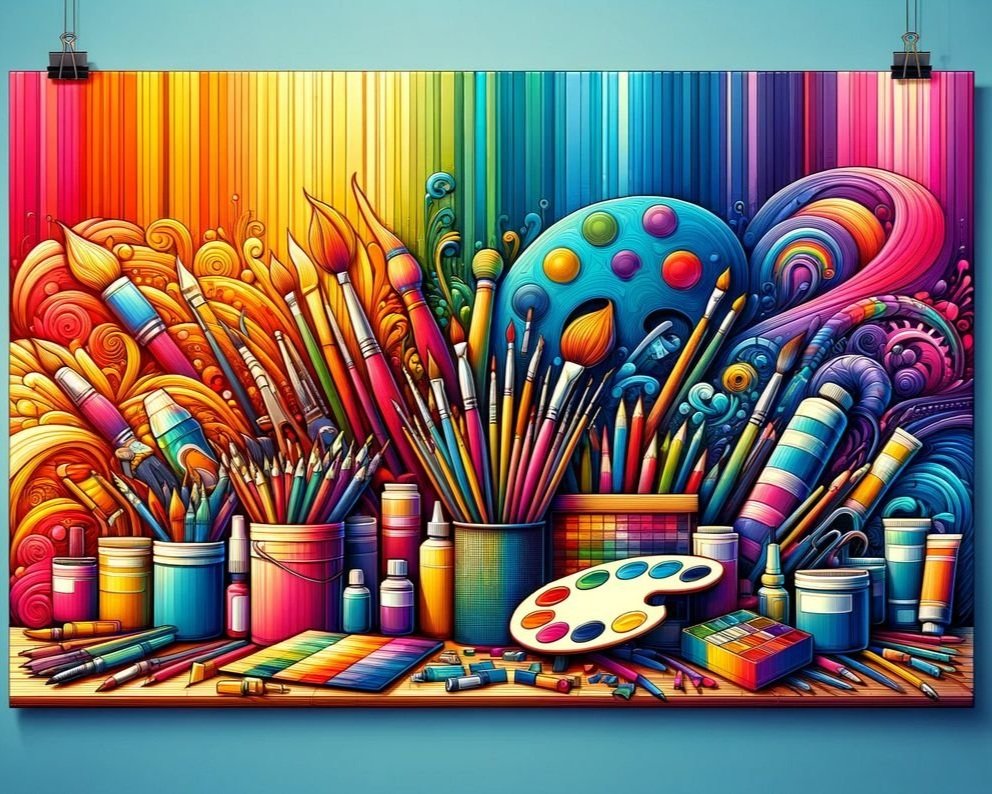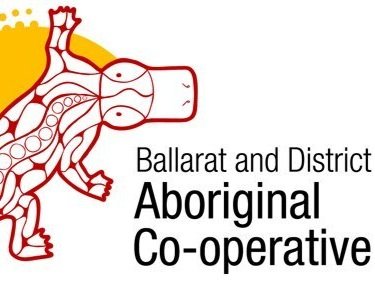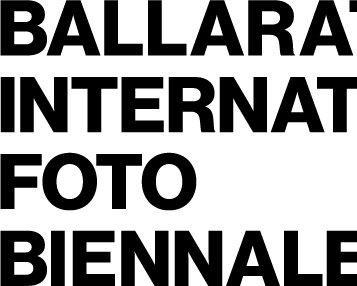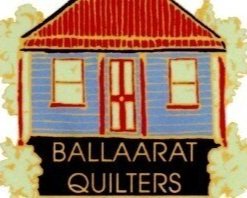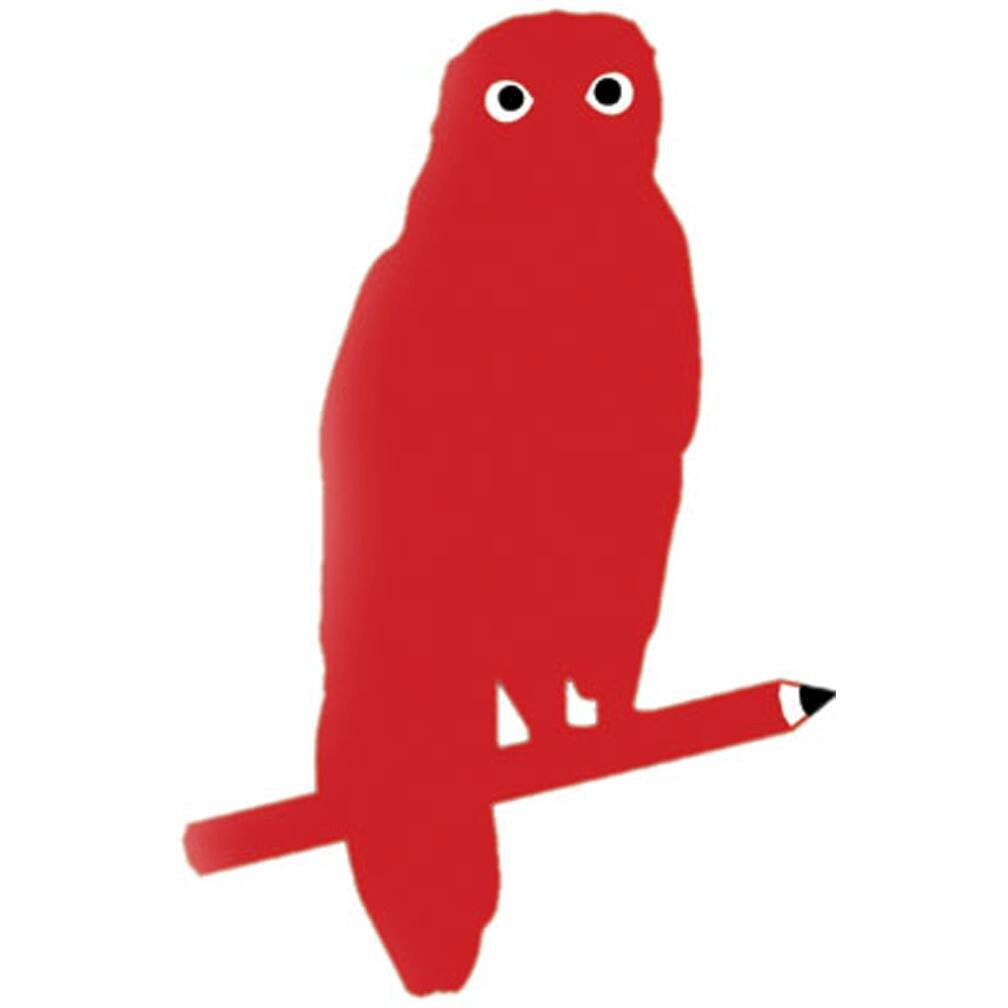Jacinta Dennett
Jacinta and The Emu in the Sky over Bass Strait. Photo: Adrian Dennett 2018
Jacinta and mentor Heidi Lehwalder. Photo: Owen Torr 2015
duoBliss! Jacinta and Nadia Piave. Photo: Lyn Woodger Grant 2002
Pleione 11 Donna Coleman and Jacinta Photo: Chris Zissiadis and Alice Keogh 2022
Amos Roach, Johanna Selleck, William Vyvyan Murray and Jacinta, Barwon Heads, 2022
How did your creative journey begin?
As a child I would choreograph and dramatise the music from my parents’ records. I’d practise in the lounge room until I got it right and would make a performance for my family. Music and movement have always been intrinsically entwined for me.
After years learning the piano, first with Rose Thomas and later with Mavis Bergin, the opportunity to learn harp came up at school. Of all the instruments, this was the one where my arms were free to show the music and the seven pedals gave my feet something to move. I continued learning both instruments until I started studying music at the University of Melbourne and later harp performance at the Victorian College of the Arts.
As a tertiary harp student there are the standard harp pieces (repertoire) that need to be learned and performed before you graduate. Pieces not on this list are on a dream list for another time. Now I play those dreams.
Ideas about programming or curation always came to me; ideas set me on fire. It’s exciting pulling pieces together and having them fall into place as a complete whole.
How did your creative partnership duoBliss begin?
I began working with vocalist Nadia Piave after enjoying her interactions in a weekly concert class in postgraduate music performance at the Sydney Conservatorium of Music. I had a grand idea of intersecting projected images, recorded music, poetry recitation and live music into a performance – and Nadia was up for it. She had just completed a Master of Music majoring in “mad songs” of the English baroque; she describes herself as a bit of a firecracker. I think she is the perfect accompaniment to the harp.
After a few performances it was too complicated to manage all the aspects of my dream performance – projectors, screens, audio equipment – and we cut back to just the live acoustic music. We’d still occasionally recite a poem, which was much easier to tour as well.
That first program was called Bliss so we became duoBliss! The exclamation mark is Nadia – she is addicted to them.
How would you describe your practice?
I’m committed and dedicated. As a freelancer, the next gig prioritises what notes to work on. For me learning the music to perfection is choreographic and I train my fingers, hands and arms to move toward the right strings and away again. I refine the movements according to the kind of sound I want. So, I am listening intently while I work. After a while, the sound and movement become merged and unified and then everything feels good. One of my revered teachers, June Loney, described this as “finding the dot”.
I have a wholistic approach to my performance practice and I use yoga, taekwondo and walking to the shops to keep myself vital, flexible and sharp. The harp is a big awkward instrument to move; I have to be strong – friends say “devoted” – to put it in the car, take it up steps, and in and out of venues. I also have an amazing masseuse who helps with muscle problems.
Finding the right location to live is important for me. I have to know that I can play without disturbing neighbours. My current neighbours often stop in front of the house and have a listen – well, that’s what they tell me. I have a mentor/coach, Heidi Lehwalder who is based in Seattle USA, who I work with to constantly improve my approach to the harp, keep the tone rich, and my playing action organic or free from unnecessary tension. She guides and refines details, and this feedback hones my practise by helping me to fill the music with the life the composer intended.
Then there is harp maintenance; there’s quite a deal to do with tuning and replacing strings – there are 47. And the annual service (called regulation) by a harp technician who comes out from the USA to attend to all the intricate moving parts in a concert harp to keep the tuning precise.
What are you working on right now?
A duoBliss! performance called GREEN. We are doing a mini–Victorian regional tour in February.
GREEN began two decades ago when a friend, Sydney artist Lyn Woodger Grant, photographed Nadia and me. One photo planted the seed to bring GREEN to life. We collectively refined the selection process from a long-growing and verdant list of evergreens and arranged them for harp and voice. GREEN is a musical contribution to being green, sustainable and ecologically conscious. This tour aims to continue sustaining the creative ecosystem in the regional arts arena.
I am also preparing the music (note learning) for an April and May performance with Santa Fe-based pianist Donna Coleman in our piano and harp duo Pleione 11 called There’s no place like home!. It evokes the 1939 film The Wizard of OZ, but the phrase originates in the lyrics of “Home, Sweet Home” from Henry Bishop’s 1823 opera Clari. The composer’s estranged wife, Anna Bishop, made the song enduringly popular in Australia when she toured in 1856, accompanied by her lover, Robert Nicolas-Charles Bochsa, who was formerly Napoleon’s harpist.
A highlight is Bochsa’s Duo Brillant for piano and harp, which is based on themes from Clari. Other compositions on the program – Hasselmans, Widor, and Salzedo – are drawn from American harpist Lucile Lawrence’s (1907–2004) debut concert tour of Australia and New Zealand in 1925, where she gave 123 concerts over eight months. Pleione 11’s program culminates with “Somewhere Over the Rainbow” from The Wizard of OZ. In the film, the tune of Bishop’s “Home, Sweet Home” is played in counterpoint to Arlen’s classic, as Glinda the good witch imparts her powerful message to Dorothy: ‘There’s no place like home!”.
Didgeridoo, Debussy and the Birds of Oz is a vibrant art music program and another one of my dream concert creations. It had four sell-out performances in 2022 and is returning in November 2023. I’ll re-join with Amos Roach, a proud Ngarrandjerri and Djab Wurrung/Gunditj Mara man, on didgeridoo, Johanna Selleck on flute, and William Vyvyan Murray on viola. It features Claude Debussy’s wonderland dreamscapes Syrinx (1913) and the Sonate for flute, viola and harp (1915) blended with contemporary Australian ensemble and solo compositions by Selleck, Murray and Roach, which are themed around our connections to nature and to each other. This compelling experience is inspired by the joy of nature’s music and connects music and audiences with our timeless and ongoing connection to Country.
Last year I was awarded The Melbourne Conservatorium Director’s Prize for Exceptional Doctoral Research. The funds are going to the creation of a video for the title track of my CD Fable, a harp solo by Melbourne composer Helen Gifford. My passion for creating imaginative combinations of video imagery with music will be supported by director Ben Plazzer and my photographer brother Adrian Dennett. We have been waiting for the perfect weather to shoot this one. It has been too wet for so long … and now it is too hot.
What is your connection to Ballarat?
I was born and raised in Ballarat. Mum and Dad came to Ballarat in the early 1960s, but ancestors on various branches of the family tree originally settled in Ballarat during the gold rush. The Soho Hotel in Urquhart Street was opened in 1864 and run by my great great grandparents. I went to school at Loreto from kindergarten until VCE. I left to study after completing VCE and lived for a while in Melbourne and then Sydney and had a couple of stints at the beach in Barwon Heads. I have always come back to Ballarat and performed concerts of my own creation with many artists.
I have performed in the Organs of the Ballarat Goldfields Festivals, the Ballarat Acoustic Music Festival and had a residency with Celtic band Paddy Power at the North Britain. I have also performed as a soloist with the Ballarat Symphony Orchestra (Mozart’s Flute and Harp concerto) and with some wonderful choirs directed by Peter Sargeant and Helen Duggan. I currently live in Ballarat and during the academic year I commute by train to lecture and tutor at the Melbourne Conservatorium of Music, University of Melbourne.
How would you describe the creative community in Ballarat?
It's constantly evolving. It's flourishing, experimental, entrepreneurial, exploratory, independent, collaborative, idiosyncratic, daring, unique, divergent – and out there. The creative community is being recognised and supported to continue to thrive through the support of the Ballarat Creative City strategy – and the artists who live here.
Can you give us three words to sum up your inspiration?
contemplation, imagination, transcendence
Find out more about Jacinta’s latest solo album Fable at Move Records.
Profile image: Jacinta performing at the Carols in the Cathedral Melbourne. Photo: Russell Borrett 2018






